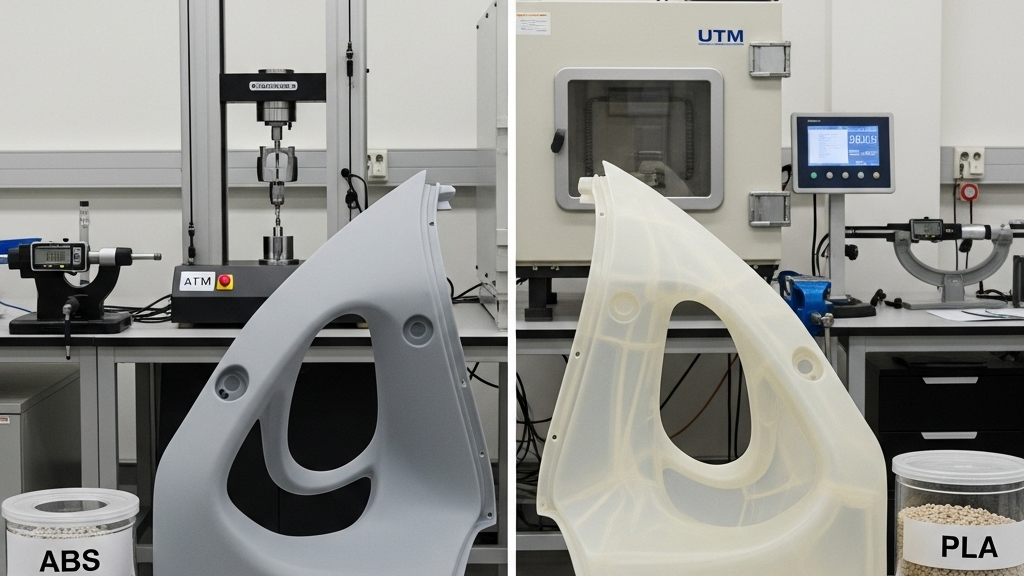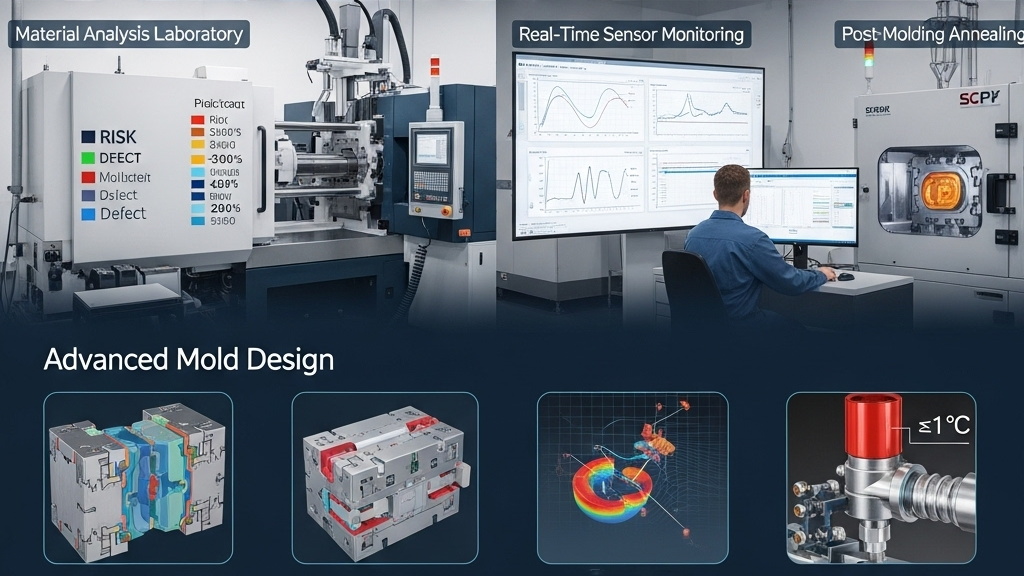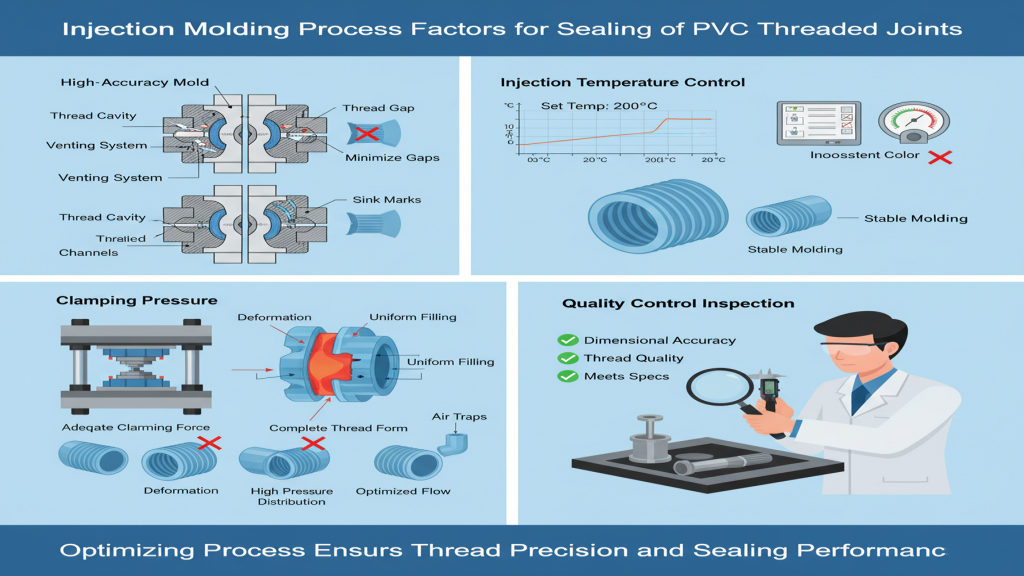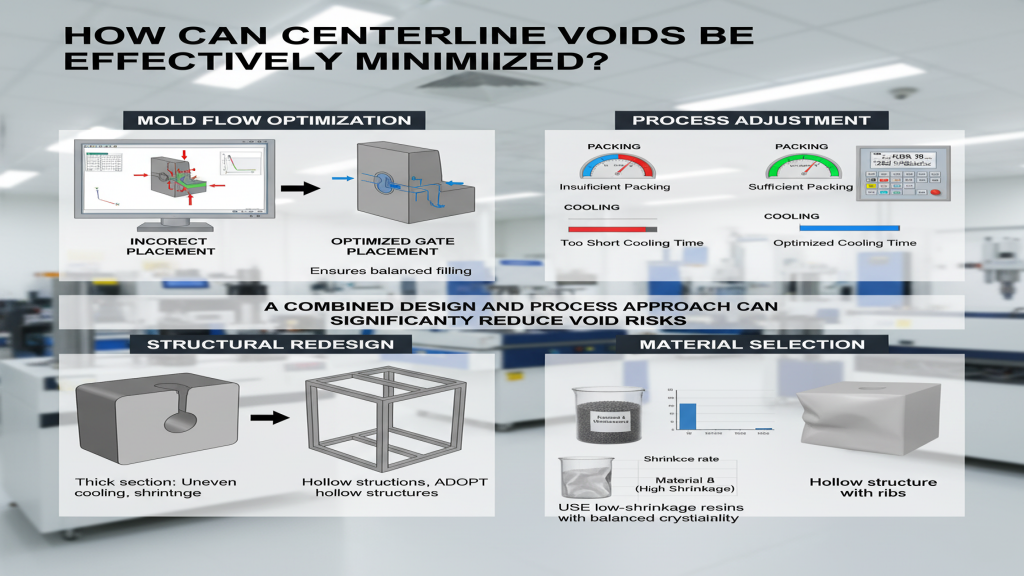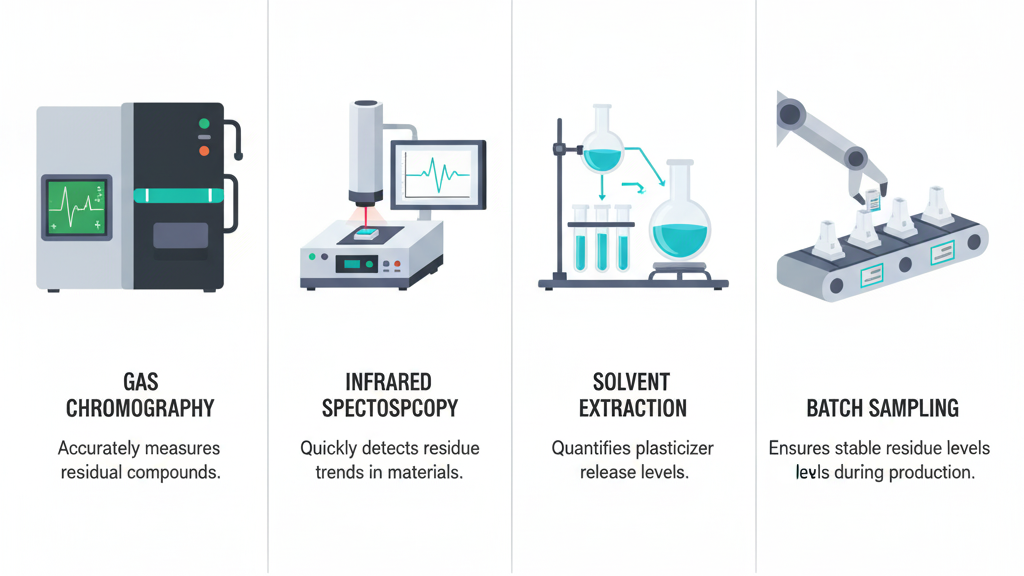
Faced with the increasing threat of hurricanes, buildings urgently need more reliable protection. Traditional methods often fall short when it comes to withstanding strong winds and flying debris impacts. Polycarbonate hurricane panels, as a modern high-performance material, are becoming the preferred solution for enhancing building safety. They provide a robust and transparent new line of defense against extreme weather.
Given the limitations of traditional protective measures, more advanced technologies are needed. Polycarbonate sheets are precisely designed to meet this demand. Their exceptional impact resistance and weather resistance are at the core of their advantages. Next, we will analyze in detail how these technical characteristics make them an ideal choice for resisting hurricanes.
Polycarbonate Material Characteristics and Storm Resistance Principles

The reason why polycarbonate has become the preferred material in the field of hurricane protection lies in its unique physical properties that surpass traditional protective materials. With its excellent impact strength, outstanding toughness, and lightweight characteristics, this material provides critical structural protection for buildings in extreme weather conditions.
- Excellent Impact Strength: Polycarbonate can withstand the enormous impact of high-speed flying debris, effectively preventing penetration and protecting buildings.
- Outstanding Toughness and Non-Brittleness: Its high toughness allows it to absorb energy upon impact rather than fracturing, maintaining barrier integrity and personal safety.
- Relatively Lightweight Mass: The lightweight characteristic greatly simplifies the installation and removal process of the protective panels, while reducing the load on the building structure.
- Good Dimensional Stability and Weather Resistance: Even with long-term exposure to extreme environments, its stability ensures that the protective panels are not easily deformed or aged, maintaining reliable performance.
How Protective Panels Resist Wind Pressure and Flying Debris

Based on the excellent performance of the polycarbonate material itself, when it is made into specific protective panels, its actual ability to resist hurricane threats is fully realized. Through scientific design and reliable fixing systems, these protective panels can effectively absorb and disperse the enormous impact energy of high-speed wind pressure and flying debris, thereby effectively ensuring the safety of building structures.
- Energy Absorption and Buffering Mechanism: The protective panels effectively protect the underlying building structure by absorbing the energy of flying debris and wind pressure.
- Synergistic Resistance to Wind Pressure Loads: The panels and installation system work together to distribute wind loads to the building frame, preventing damage to weak points.
- Preventing Flying Debris Penetration: With high impact strength, the protective panels form a solid barrier, preventing flying debris from penetrating the building.
- Maintaining Building Barrier and Pressure Balance: Effectively sealing openings, preventing wind and rain from entering, maintaining internal building pressure stability, and preventing structural damage.
Key Considerations for Selection and Installation to Ensure Protective Effectiveness

Although polycarbonate material itself has excellent properties, correct selection and professional installation are essential to ensure that it plays the maximum safety protection role in hurricanes. This requires strict compliance with relevant technical specifications, fixing requirements, and industry standards to build a reliable barrier that can truly withstand extreme winds.
- Pass Authoritative Certification: Choosing products that have passed authoritative standard certifications such as ASTM and NOA is the foundation for ensuring protective effectiveness.
- Match Wind Pressure and Opening Specifications: Select panels of appropriate specifications according to the local design wind pressure and opening size to ensure that they can withstand the expected loads.
- Fixing System Strength and Standardized Installation: Use a strong and reliable fixing system and strictly follow the standardized installation to ensure that the panels are firmly secured and do not come off in strong winds.
- Strict Installation Process and Detail Handling: Accurately execute the installation steps and detail handling to avoid introducing weak points and ensure the overall protective capability of the system.
Building security
| Advantage Feature | Detailed Description | Role in Ensuring Building Safety |
|---|---|---|
| Ultra-strong Impact Resistance | Polycarbonate protection panels have extremely high impact strength and can withstand heavy blows from flying debris without breaking. | Can effectively resist the impact of flying debris brought by hurricanes, prevent damage to windows, doors, etc., protect the building interior, and ensure safety of occupants and property. |
| Excellent Wind Resistance | This material remains stable under high wind pressure and is not easily deformed or damaged. | Provides a reliable wind barrier for buildings, maintains structural integrity during hurricanes, and significantly reduces the risk of damage from wind forces. |
| Good Waterproof Performance | Combined with appropriate installation systems, polycarbonate panels can effectively prevent rain penetration under high wind pressure. | Prevents rain from entering the interior, avoids internal property damage, wall structure damage, and mold growth caused by leaks, ensuring the building's health and safety. |
| Weather Resistance & Durability | Can be used long-term under various harsh climatic conditions, is not easily aged, discolored, or damaged, and maintains stable performance. | Ensures reliable protective capability over time, reduces safety hazards from material aging, and lowers long-term maintenance and replacement costs. |
Added Value and Comprehensive Benefits
The value of polycarbonate hurricane protective panels goes far beyond their excellent physical protection performance. Their high transparency provides safety while also ensuring indoor lighting, greatly enhancing the living or usage experience; comprehensively enhancing the overall safety and sustainable resilience of buildings in the face of extreme weather challenges.
1.High Transparency and Natural Lighting: Maintains indoor light, reduces panic, and enhances emergency response capabilities and psychological resilience.
2.Convenient Installation and Removal: Rapid deployment and removal improve emergency response efficiency and post-disaster recovery speed.
3.Reusability: Reduces long-term costs, ensures continued protection, and enhances long-term resilience.
4.Maintaining Building Aesthetics and Functionality: Balances daily use and aesthetics, promoting long-term retention and preparedness of protective facilities.
Conclusion
Polycarbonate protective panels provide strong physical protection due to their excellent material properties, reliable protective mechanisms, and standardized installation. Choosing polycarbonate protective panels is a wise investment for responding to extreme weather and ensuring building safety.
For expert assistance in implementing for your production needs, visit our resource center or contact us. Let’s help you scale up your manufacturing with precision and efficiency!

